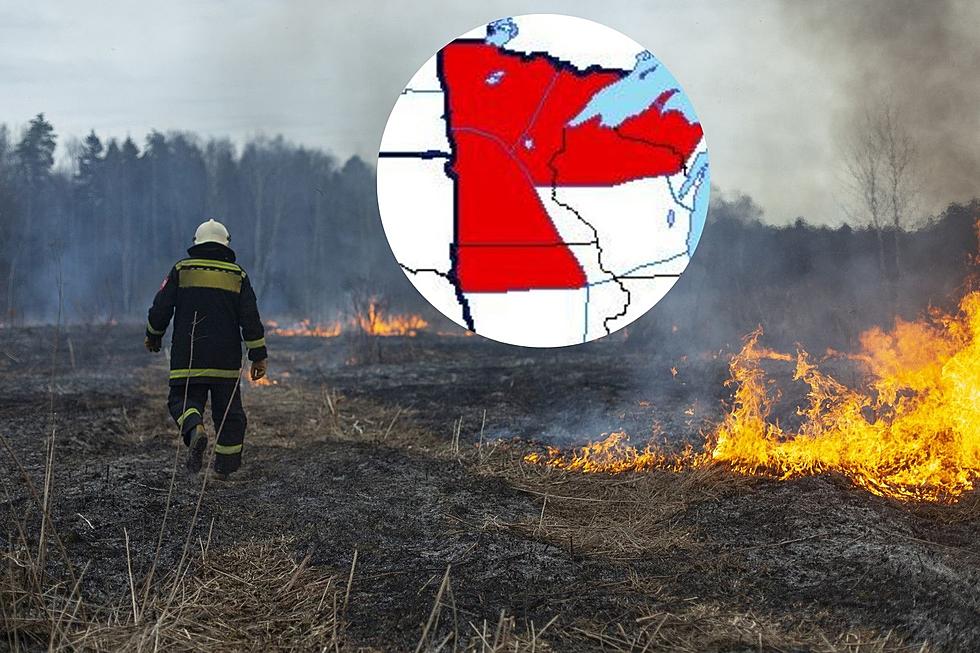
Minnesota + Wisconsin Only Area In Entire USA At Risk For ‘Significant’ Wildfires
It's been a very dry winter, with very little snow or rain in most places in the upper Midwest. It's put nearly half of Minnesota and Wisconsin into a moderate drought. Some areas are even in a severe drought, according to the drought monitor that came out on Thursday.
With the lack of snow melting and the abundance of dry, dead brush, wildland fires are almost certain this spring. The Minnesota Department of Natural Resources says we should prepare for an earlier wildfire season, and we've already seen some in the state.
Upper Midwest At Risk
The southern and southeastern United States is at below risk for wildland fires. The El Nino weather pattern has affected North America in different ways.
Minnesota, Wisconsin, Iowa, and the Upper Peninsula of Michigan all have areas that are a significant risk.
Read More: Wisconsin Restaurant Introduces BBQ Maple Old-Fashioned
Most of Minnesota is considered above normal, with red flag warnings issued on windy days including earlier this week on Wednesday.

All of Minnesota, except for the southeast portion of the state are at significant risk. The northern third of Wisconsin and the western half of the UP are at risk.
What exactly does above-normal risk mean?
The National Interagency Fire Center puts this together each month. The above risk fire potential indicates a greater than usual likelihood that significant wildland fires will occur. Wildland fires can happen at any time, but with the region's extremely dry conditions, some terrible wildland fires can take place.
Minnesota DRN Will Hold Informative Webinar
The MN DNR is holding a webinar at noon on Wednesday, March 13. They will share useful tools and data they use to plan and prepare for the season. They also will teach you how you can plan and prepare your home for a potential wildland fire. You can register on their outreach website.
LOOK: The most expensive weather and climate disasters in recent decades
Gallery Credit: KATELYN LEBOFF
